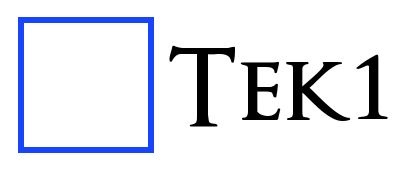When traveling overseas, especially India, I often hear the following:
“Where are you?
“I’m almost there”
“When will you arrive?”
“Five minutes!”
They always say: “five minutes”.
Once, I remember waiting, for at least 45 minutes.
Not sure if this is a cultural thing. I’ve heard Indians say:
“Oh, that’s IST – Indian Standard Timing”.
Friends – Indian Standard Timing might work very well for your own personal arrangements, but it will not work well in the USA / UK / Europe / Australia / NZ, on construction projects, where tight deadlines are involved, and where “Liquidated Damages” are at stake.
Why are ETAs important?
Because clients need to order material, organise labour, and equipment. It will not do to organise a crane, and hire labour, only for them to sit idle for a couple of weeks because you were overly optimistic with your delivery times. Cranes alone might cost $5000 – $15,000 per day. What about site crews? If you give the wrong ETA, then it could cost your client a lot of money. Which means it’s gonna cost you a lot of money.
Give real ETA. Not the typical: “5 minutes later” ETA. Update your clients constantly on your Tek1 status reports.
Summary: Give the correct ETA, and make sure you meet it.
Lesson – Keep the statuses short and sweet

ETA – This means Estimated Time of Arrival. Just put the ETA and then the date, the time and the time zone:
e.g. We will issue the Takeoff reports by the end of 02.04.2025
Don’t do that.
ETA: COB 2025-04-02 (AEST)
Clients care about their time zone, not yours.
Lesson – Clients Pyramid Their ETAs on top of Your ETAs – so add a buffer
Why is a client asking for an ETA? Because they need to:
- Tell their client the ETA.
- They need to plan / arrange resources. So does their client. e.g. if they hire workers to come to their factory on date: XYZ to do work – how can they do any work without any drawings to work on? These workers will be sitting on the site twiddling their thumbs, and it is very expensive.
- If you promise a time and don’t deliver: then you will lose your client.
The Cost of promising ETAs and not meeting them is large – if it does not come on time, and the communication is poorly managed – then we’re hurting our clients
Let’s take this job for example: https://tek1-quotes.herokuapp.com/organisations/2/quotes/12046
It was filled with issues: some from our side, the other from the client, and the other just due to coordination issues.
We need to ensure that our communication on the hold-up points is clear.
I’m not here to lay blame: but to make people understand the cost.
- You promise a time to the client.
- That time gets blown out. The reasons must be clearly communicated. If it is not communicated clearly you will get blamed.
- The client promises a time to his client based on your ETA. If the drawings don’t come on the time, then the client cannot meet his ETA. In this case, the delays became so egregious that our client’s client – was threatening to de-scope him from the job, cancel his contract and go somewhere else.
- This particular job is worth over $100,000 to our client. And our client is about to lose millions of dollars because he will have burned his client – because of the ETA issues and delays. Again not laying blame on anyone.
- Think of the cost: our poor ETA management and poor communication costing our client, but it is also costing our client’s client.
- In addition I had x2 clients who were about to be severely compromised because of LGS delays, and I was delayed in my other projects.
- The cost? My x2 clients potentially burned (they were not), our client potentially burned, and our client’s client also potentially burned.
- The cost is very very high.
Do me a favour: add buffer time, and communicate your hold-ups effectively. Perhaps this might require a technological solution.

Leave a Reply